I have followed Burgundy wines quite closely the last 20 to 25 years – tasting a lot of lovely wines from many different domaines.
One domaine does however hold a special place in my passion for Burgundy wines – the name is Domaine Comte Georges de Vogüé – a domaine with history, great vineyards, passion and first and foremost beautiful aristocratic wines.
I have tasted a lot of de Vogüé wines over the years … from the delightful Chambolle village to the magnificent Musigny Vieilles Vignes … from the 2012 vintage (from cask) to the magnificent 1961 Musigny … and while the top wines are in the focus of many collectors and writers – my ambition is to explore all the Vogüé terroirs from La Taupe to the best plots on Musigny. So lets go to Chambolle-Musigny!
The history of Domaine Comte Georges de Vogüé
The de Vogüé domaine dates back to the 15th century, eventhough the name de Vogüé name first entered the Burgundy history in 1766. The domaine have been under the same ownership for 20 generations – that’s very unique even by Burgundy standards – where most domaines have been established after the revolution in 1789.
Early history of Domaine Comte Georges de Vogüé
The first reference point is around 1450, where the Burgundian ancestor of Comte Georges de Vogüé, Jean Moisson, was first mentioned in connection with the village of Chambolle. Jean Moisson (? – 1502) was a very wealthy man, he acquired vineyards and laid the foundation to the current estate buildings in Chambolle, where the oldest parts dates back to the 15th century.
Jean Moisson was also the man behind the first Church in Chambolle. The Church in Chambolle – L’église Sainte-Barbe, located just next to the Domaine de Vogüé estate was build from 1500 to 15061. The construction was initiated by Jean Moisson and include several artworks in the church showing members of the Moisson family.
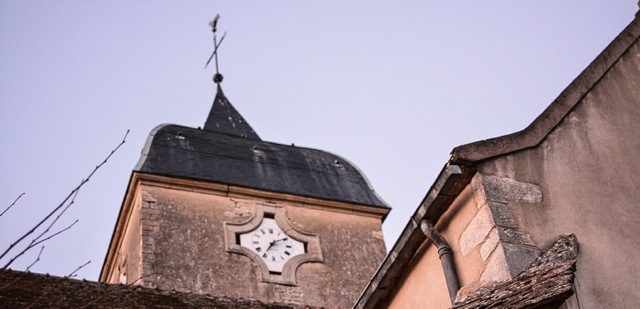
Photo: L’église Sainte-Barbe in Chambolle-Musigny
The domaine was passed on to the son of Jean Moisson and his wife Isabeau Moisson. The son, Hélie Moisson, was Avocat général au Parlement de Bourgogne2. At the death of Hélie Moisson the domaine was transferred to his daughter Marie – who was married to Michel Ier Milliére in 1528.
The Milliére era
Michel Millieres was a wealthy merchant of Dijon, and they had three children – two girls and one boy. The son Guillaume II Milliére inherited the domaine, and he was married to Odette Maillard in 15543. The couple had six children and the domaine was passed on to one of the sons – Guillaume III Milliére.
Guillaume III Milliére was married with Marie Michelle Fyot, and they had three children – one boy and two girls. The domaine in Chambolle was inherited by the daughter Catherine Millières, who in 1575 married Jean Bouhier, a member of the Parliament of Burgundy in Dijon – the ownership is the same but the family name is now Bouhier.
The Bouhier era in the history of Domaine Comte Georges de Vogüé
Jean Bouhier and Catherine Millières had one son – Etienne Bouhier (? – 1635), who was married twice. The son from the second marriage with Madeleine Giroud – Jean Bouhier de Versalieu (1624 – 1714) inherited the domaine in Chambolle and was married to Jeanne Claude Bernadon4.
This couple had two sons – where the oldest Jean Bouhier de Versalieu (1655 – 1735) inherited the domaine in Chambolle Musigny. He was married to Francoise de La Mare in 16795, and they have three children – where the only son – Jean Bouhier de Versalieu (1680 – ?) took over the domaine.
In 1710 Jean Bouhier de Versalieu marries Catherine Berbis de Longecourt (1693 – ?) and they had three children – where the oldest son – Philippe Bénigne Bouhier de Versalieu (1712 – 1782) inherited the domaine. Philippe and his wife Marie Bonaventure Bouquinet de Lantes (1714 – 1770) were married in 1734 and they got one daughter Catherine Louise Bouhier de Versalieu (1749 – 1783).
The de Vogüé family enters the scene
In 1766 the de Vogüé family name entered the domaine history. Catherine Bouhier marries Cerice François Melchior de Vogüé (1732 – 1812)6 who originally came from the Vivarais region (Ardèche).
Their son Francois Elzéar Charles de Vogüé (1781 – 1807) inherited the Vogue estate in Chambolle – and he got married to Adélaïde Zéphirine Louise de Damas d’Artigny (1784 – 1838) in 18027. They had two sons, where the Domaine Vogue was passed on to the youngest – Charles Louis de Vogüé (1808 – 1874), who was married to Elizabeth Bérenger (1812 – 1877) in 1834.
The couple had two children – and the domaine was passed on to the son Arthur de Vogüé (1838 – 1924). Arthur was married to Marie Adele Hermengilde de Contades in 1882. The couple had two sons Charles de Vogüé (1882 – 1914) and Georges de Vogüé (1898 – 1987)8.
The Comte Georges de Vogüé era
In 1925 Comte Georges de Vogüé inherits the vineyards from his father Comte Arthur de Vogüé and since then the domaine has been known as Domaine de Comte Georges de Vogüé.
Comte Georges de Vogüé was married twice – first with Mathilde Pillet-Will (1900 – 1927) in 1920 and after her death to Simone Quermin (1896 – 1999) They were married in 1928 and the year after they had a daughter – Elizabeth de Vogue (1929 – 2002)9.
Elizabeth de Vogüé was married to Baron Bertrand de Ladoucette (1919 – 1989) in 1952. The couple had two daughters – Claire and Marie de Ladoucette – the current owners and co-gérantes of Domaine de Comte Georges de Vogüé10 + 11.
Recent history – the Laducette era
Comte Georges de Vogüé was running the domaine until 1984, where his daughter Baroness Bertrand de Ladoucette becomes “co-gérante” of the Domaine with her father until his death in 1987.
In 2002 Claire and Marie de Ladoucette, following the death of their mother, inherit the vineyards and become “co-gérantes” of the domaine.
The two sister Claire de Causans and Marie de Ladoucette are still co-gerantes at the Domaine, and they are very active in running the Domaine together with the operational management.
The management team currently includes three people – Jean-Luc Pepin, who joined the Domaine in 1988, is the estate manager and sales director. Francois Millet is oenologist and winemaker – he joined the domaine in 1986, and finally we have Eric Bourgogne who is vineyard manager and joined the domaine in 1996.
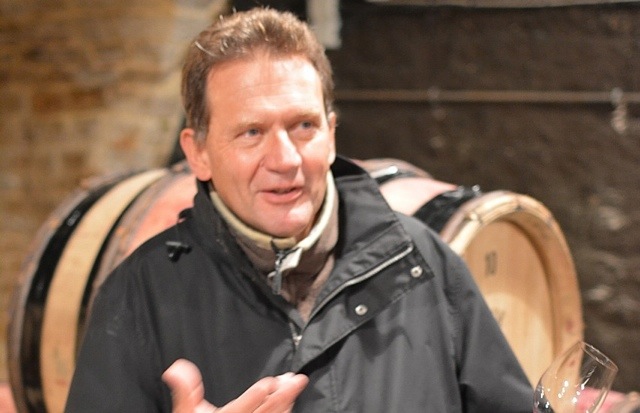
Photo: Jean-Luc Pepin – Domaine Comte Georges de Vogüé
This was the “brief” version of 550 years of history … lets move on to the vineyards.
The vineyards of Domaine Comte Georges de Vogüé
The domaine today owns 12.6 ha of vineyards where the main part is located in the two grand cry vineyards Musigny and Bonnes Mares.
The vineyard holdings are as follows:
- Musigny – 7.20ha
- Bonnes Mares – 2.70 ha
- Les Amoureuses – 0.56 ha
- Chambolle-Musigny village and 1er cru
- Les Baudes – 0.1328 ha
- Les Fuees – 0.1461 ha
- Les Porlottes
- Les Jutruots
- La Taupe
The area of 1er cru Les Baudes and Les Fuees is 0.28 ha and the combined area of the village terroirs Les Porlottes, Les Jutruots and La Taupe is 1.8 ha.
The village vineyards
The village vineyards are all located just south of the Chambolle village – and at the very top of the slope just below the forest.
Vogüé own vineyards in three terroirs Les Porlottes, Les Jutruots and La Taupe – but the 1.8 ha that consist of 19 plots is located together as one assembled area – see map below.
The production from these village vineyards is used in the village Chambolle Musigny together with the production from the two 1er crus … Les Baudes and Les Fuees – located next to the holdings in Bonnes Mares – see map below.
Comte de Vogüé Chambolle-Musigny Les Amoureuses 1er
The main part of the de Vogüé Amoureuses is located in the southern end of this lovely her cru – just below the Les Musigny vineyard – see maps below.There is however an additional plot located further north towards Chambolle-Musigny.
Comte de Vogüé – Bonnes Mares
The de Vogüé holdings in Bonnes Mares is located in the southern end of the grand cry vineyard – and in the lower part of the vineyard – see map below. The white outline show the borders of Bonnes Mares while the red sections show the Vogüé ownership.
The 10 plots are assembled in one section but there is however one plot outside the main section – a plot (98) located higher on the slope above the main section. The Vogüé holdings account for 20% of the Bonnes Mares appellation, and they are the largest owner on this vineyard.
It’s worth noticing that the Vogüé holdings primarily is located in the part of Bonnes Mares with “red soil” – terres rouge – soil a quite large proportion of clay. Only a very small proportion is located in the area with terres blanches that consist of white marl rich in fossilized oysters – the terres blances soil is found in the isolated plot (98) – 0.0473 ha equivalent to only 1.8% of the de Vogüé holdings in Bonnes Mares.
Comte de Vogüé – Musigny
The jewel in the crown of the Comte de Vogüé vineyard treasure is the 7.2 ha holdings in grand cru Musigny. The de Vogüé plots in Musigny accounts for 70% of this legendary vineyard.
You need to login to read the rest of this article. If you are not a subscriber, use the subscribe function and sign-up.

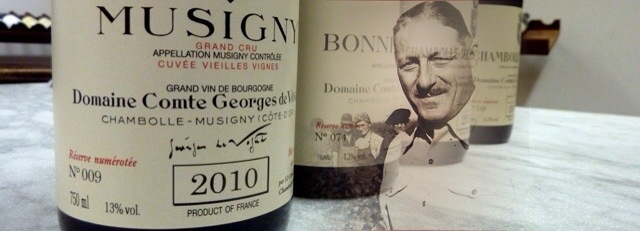
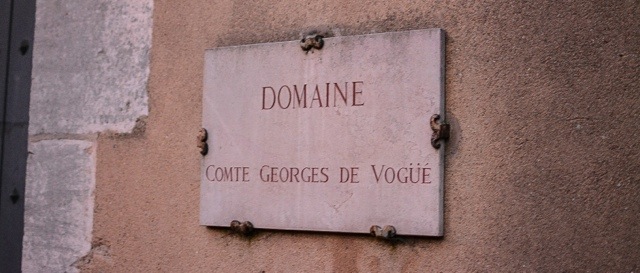
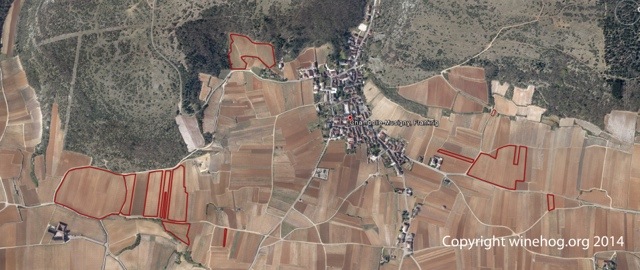
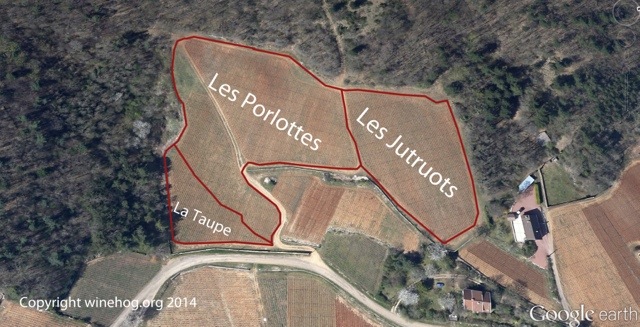
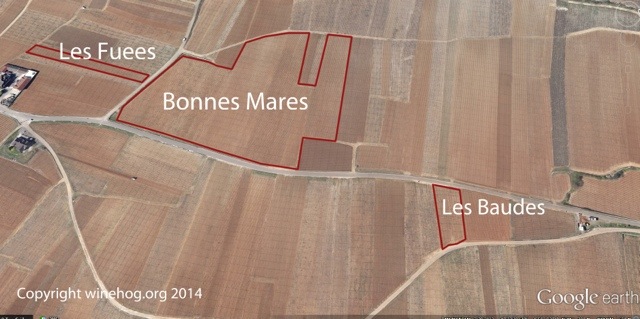
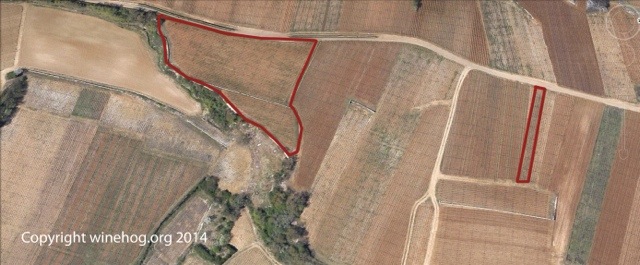
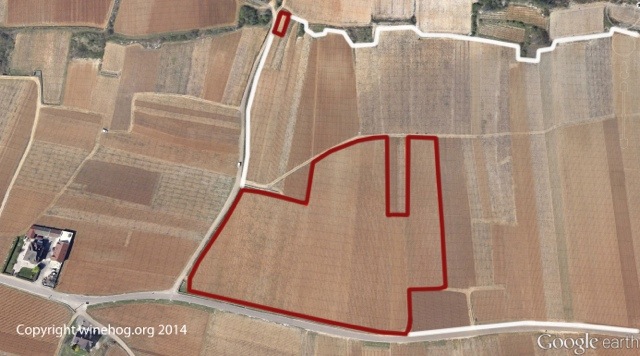
 - A true vin d’émotion – a Burgundy of passion
- A true vin d’émotion – a Burgundy of passion - A truly hedonistic wine – lively and enjoyable
- A truly hedonistic wine – lively and enjoyable - A vivacious wine for pure indulgance
- A vivacious wine for pure indulgance - A Vin Vif - fresh, energetic and with a light appearance
- A Vin Vif - fresh, energetic and with a light appearance